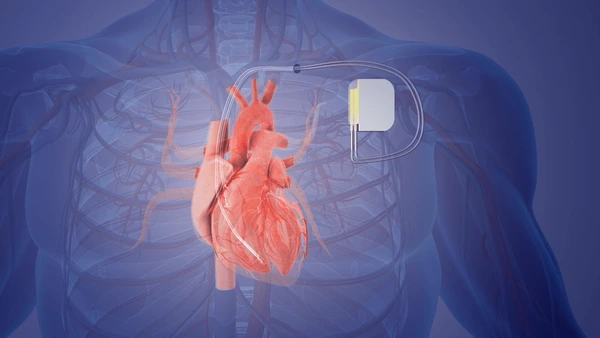Book Online
You Can Request Appointment(Pending Confirmation) in 24 Hours

If you have a condition called bradycardia, otherwise known as a slow heartbeat, you and your doctor may decide an implantable heart device called a pacemaker is the right option for you. A pacemaker helps restore the heart’s rhythm, by sending tiny electrical signals to the heart to increase the heart rate, which relieves the symptoms of bradycardia.
When people refer to a pacemaker, they are actually discussing a pacing system, which includes the pacemaker and leads.
A pacemaker is designed to mimic the heart’s natural pacemaker, the sinus node. The pacemaker has two main purposes: pacing and sensing.